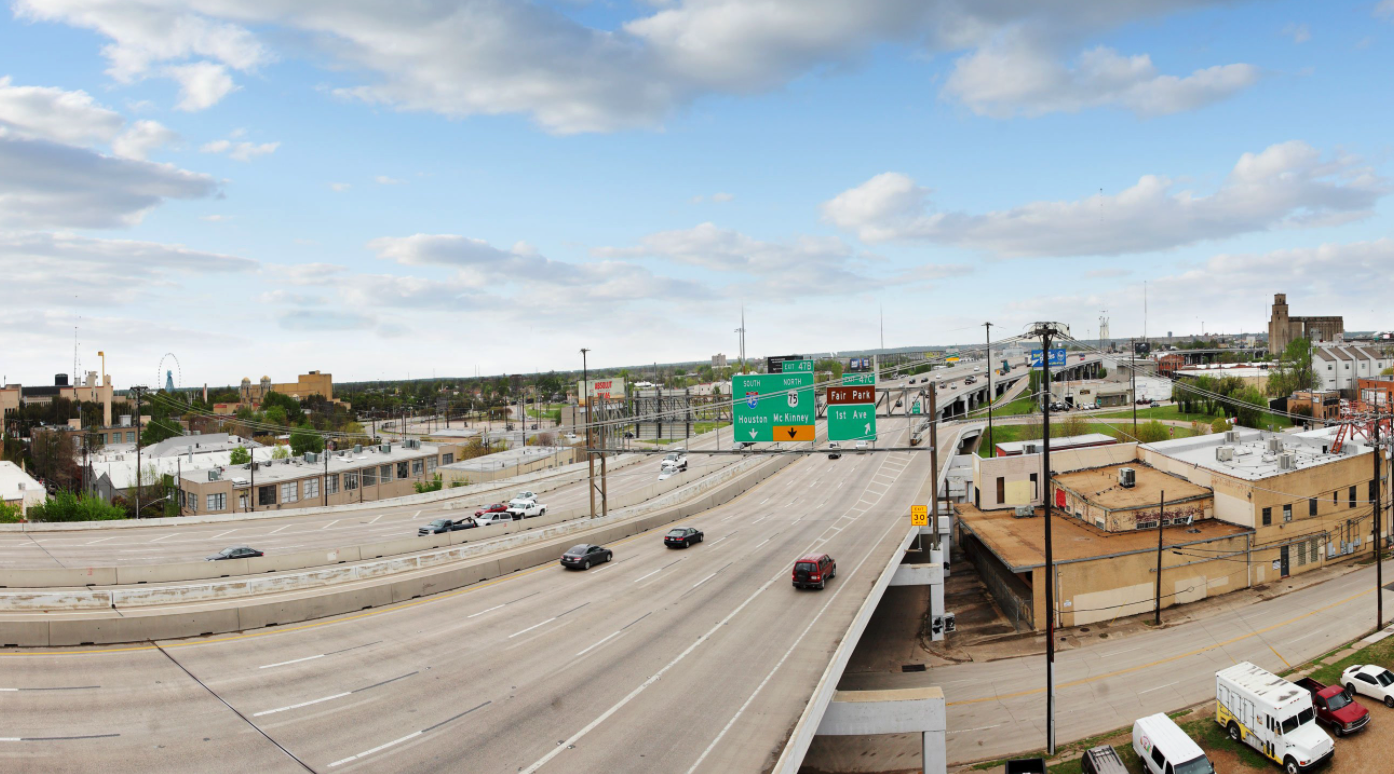There is one aspect of the infrastructure spending bill that is being batted around in Washington that both political parties appear to agree on: spending billions on America’s roads will boost the economy. Of the $579 billion in proposed new spending, roughly 19 percent is earmarked for roads, according to a report in the Wall Street Journal (subscription required). That same report points out both Republicans and Democrats are bullish on the impact that plowing that kind of dough into the country’s roads will have:
President Biden last week touted the agreement as delivering “higher productivity and higher growth for our economy over the long run.”
Sen. Rob Portman, an Ohio Republican who helped craft the deal, said last moth that the plan would “increase our productivity as a country.”
The problem is much of the research around the impact of highway infrastructure spending shows that it doesn’t produce much long-term economic productivity. In fact, as careful observers of the history of North Texas’ development might know, spending money on roads promotes some short-term economic gains, though over time it tends to merely redistribute growth with no real net increase in GDP.
The Wall Street Journal report cites several studies that have been completed over the years that analyze the impact of highway infrastructure spending both in the United States and abroad. They all tend to draw the similar conclusions. At first, when highways are introduced, they create new transportation networks producing huge economic gains. This was the case in the U.S. in the 1950s and 1960s, when the new interstate system expedited travel and opened regions to new national markets. One study estimates that the construction of the interstate highway system created a long-term boost to the entire U.S. economy of about 3.9 percent.
But that impact tends to be a one-time gain. Over time, additional spending on roads doesn’t produce the same results. There’s a simple reason for this. The addition of the interstate system reaped the benefits of new transportation and trade networks, but new spending does not create new networks
“Building the interstate highway system was enormously productive,” wrote John Fernald, an economist at the Federal Reserve Bank of San Francisco, in a 1999 paper. “That does not imply that building a second one would be equally productive.”
This doesn’t only hold true in the U.S.
Similar studies looking at infrastructure spending in Spain, India, and elsewhere draw the same conclusion: the initial road investment that establishes the new transportation network produces a tremendous economic windfall. Additional spending after that? Not so much. Instead, new spending on existing roads – or constructing new roads that duplicate or expand upon existing routes – tend to have two kinds of economic impacts, both of which obscure the real return on investment.
The first is a short-term economic boost generated by the construction and jobs created through it. One 2012 paper cited in the Wall Street Journal report found that new spending creates two productive bumps in local economies – one immediately after spending is announced and another six to eight years later when construction begins.
But the second economic impact of road spending is more elusive. Rather than generate new economic activity, roads simply move that activity around. Or, as researchers at Brown University put it in a paper published last year, these new road investments “lead to a displacement of economic activity while net growth effects are limited.”
This is a side effect of continuous investment in road infrastructure that North Texas is deeply familiar with. Despite the conversation in Washington about the desperate need for infrastructure investment – and there is certainly a need to repair and replace much of America’s crumbling infrastructure – one kind of public investment that hasn’t been lacking in North Texas is highway spending.
State and federal spending, allocated via the North Central Texas Council of Governments, has paid for hundreds of miles of brand-new roads over the past few decades and replaced large chunks of the original 1950s and 1960s era interstates. The result of this investment has been to facilitate the migration of the region’s economic center, so that areas of growth tend to take place on cheaper land far from historic civic centers. This hides the true net cost of investment in roads, as cities and regional governments rush to invest more public dollars in all the new accompanying infrastructure – from town streets to sewer systems to new schools – that are needed after federal dollars plow new highways into former cornfields, transforming them into office parks or subdivisions.
The Wall Street Journal report offers important academic research to back up what North Texas knows through experience. If one of the goals of the federal infrastructure spending package is to boost the nation’s economy, then what matters is not just the size of the package, but the kind spending it provides for. Doubling down on the kind of road infrastructure spending that has characterized North Texas’ growth over the past 50 years will generate economic activity in the short term but it will perpetuate the kind of regional redistribution of economic gains that ultimately results in no real net benefit to the local economy.
The federal dollars would be better spent on projects that produce real gains on investment. That includes repairing aging bridges, rural roads, and other auto-oriented infrastructure that needs it, but it also should also include funds for creating new kinds of transportation networks, just as the original interstate system did. This means removing out-of-place urban highways that detract from urban growth and providing for new public transit infrastructure. The goal of any new federal investment in infrastructure should not be to expand the networks we already have but to diversify the nation’s transportation possibilities.






